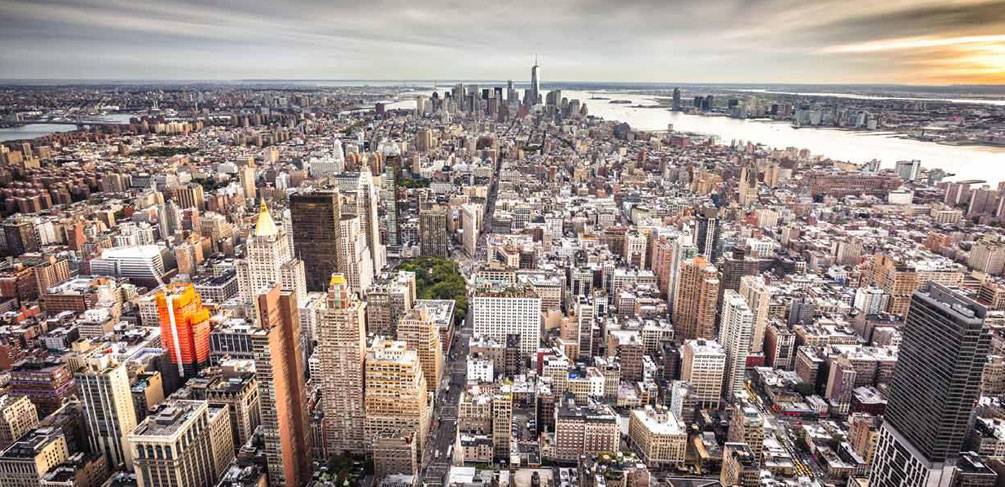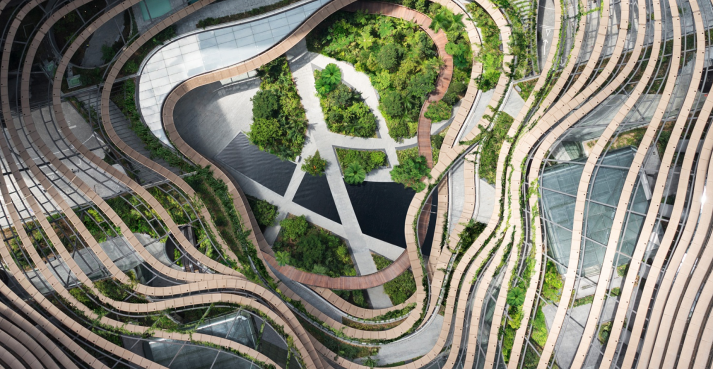All about Landscape Design
All about Landscape Design
Blog Article
The Facts About Landscape Design Uncovered
Table of ContentsAn Unbiased View of Landscape DesignA Biased View of Landscape DesignThe Main Principles Of Landscape Design The Best Guide To Landscape Design
A lawn can generally be separated into three locations: public (the front yard), exclusive (the back lawn), and service (commonly the side lawn). The place of task areas depends mostly on the kind of location, the dimension of area required, the kind of activity, and the desired distance to various other tasks and frameworks.
The outdoors wall surface of the residence typically works as the first wall or starting point of an exterior area. Incompatible usages should be divided, and related activities, such as food preparation and dining, must be created to make the backyard a lot more reliable and pleasurable. When making use of hardscape to develop spaces, utilize building material similar to that used in your home for connection from the residence into the yard.
Connected rooms. Debt: Gail Hansen, UF/IFAS Utilizing similar hardscape functions and duplicating plants pulls the eye around the garden. Important points along the means can be emphasized with plantings or functions that attract attention and urge movement in a specific instructions. Relocating along the path takes a person from one area to the following and permits the customer to have a variety of experiences.
From a style point of view, plant materials have three major features in the landscape: aesthetic, structural and utilitarian. Cosmetically, plants develop an aesthetically pleasurable setting and structurally plants arrange and define rooms.
Getting The Landscape Design To Work
For mental comfort plants are used as physical or implied barriers for privacy and safety. Physical obstacles obstruct both the sight and accessibility to an area and consist of fencings, walls and plant hedges.
Physical and indicated obstacles. Credit: Gail Hansen, UF/IFAS For these reasons, the kinds of plants to be used (such as trees, hedges, or groundcovers) ought to be chosen in the beginning of preparation. Plant kinds are selected for their useful capacities so that their future purpose and required area can be taken into consideration at the very same time.
The overhanging aircraft, the vertical aircraft and the ground plane should all be thought about to develop room. When the shape of a plant bed has actually been developed, the plants ought to be massed (organized) and layered to attain aesthetic unity and the preferred amount of enclosure. The dimension of a plant mass will rely on the complete size of the yard, the size of the specific plants in the mass, and the emphasis or impact preferred from the plant product.
Each plant mass remains in front of, behind, or beside, original site another mass. Number 11. Straight plant layers. Credit History: Gail Hansen, UF/IFAS Number 12. Vertical plant layers. Credit: Gail Hansen, UF/IFAS Repeating plants within a mass and repeating masses with comparable plants ties the yard with each other. The individual plant attributes must be taken into consideration to effectively layer and mass plants.
Some Known Incorrect Statements About Landscape Design
All plant structures begin with the main framework plants, the large, mostly evergreen history plants-such as the trees and big hedges. These plants different or enframe areas, regulate the dimension of the space, and offer the starting point for choosing the suitable characteristics of the 2nd layer, midground plants, for massing and infill.
Crucial points in the yard must be highlighted by the use of unique plants, distinct frameworks, or garden ornaments. Marking limits or entrances to spaces can be performed with gates, arbors, and steps, or through making use of unique and vivid plants. The kind and/or style theme of the garden will usually aid determine the important factors and just how they need to be highlighted.
Other essential areas in the yard are focal factors, which is utilized to visually arrange a designed area. Different point of views or viewpoints can reveal different compositions in the landscape that may need a selection of focal points.
Landscape Design Fundamentals Explained
Number 13. Plant kinds. Credit: Gail Hansen, UF/IFAS After type, texture is the following dominant feature of a plant; crude, medium and fine structures can be utilized for comparison and focus in the landscape. Form and texture both trump color in the yard for the majority of the year. Nonetheless, throughout particular periods, color will certainly be the most recognizable quality of the yard.


The pleasant aroma of plants, the noise of wind in the trees, the sound and texture of water, and the shades and structures of sculptures, pots and yard furnishings all include to the experience of visit this web-site the yard. One detail that is usually ignored is the impact of light on the appearances of the plants.
The entire garden adjustments in function and appearance throughout the day, and the course of a year, as the light and temperature adjustment from early morning to night and period to period. Plant choice must take into consideration a plant's growth rate, its fully grown dimension and kind, and the upkeep it will certainly need.
It is essential to know the eventual fully grown size of plants so they can be positioned in the right location and spaced properly when they are installed. Providing plants room to expand is a challenge due to the fact that the typical mature dimension is typically based on optimal growing conditions and the ecological conditions of a site may cause a plant to expand larger or look at this website remain smaller sized.
Report this page